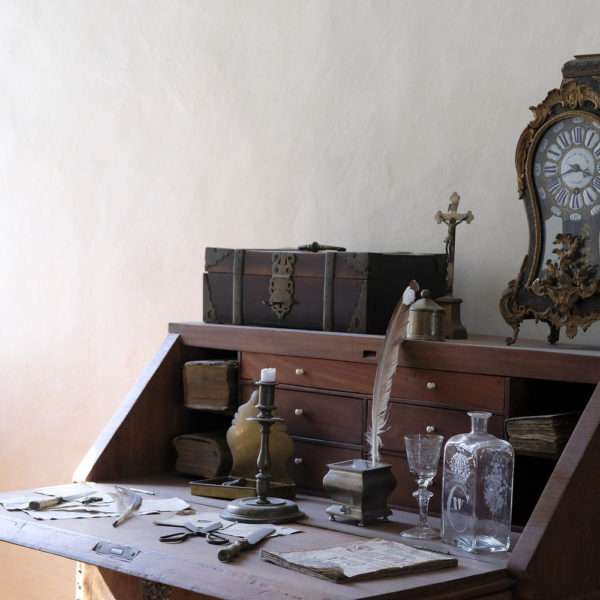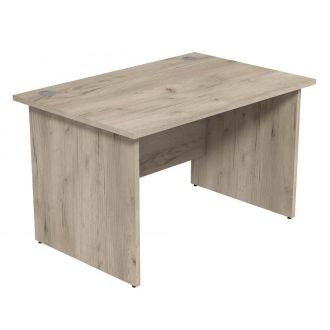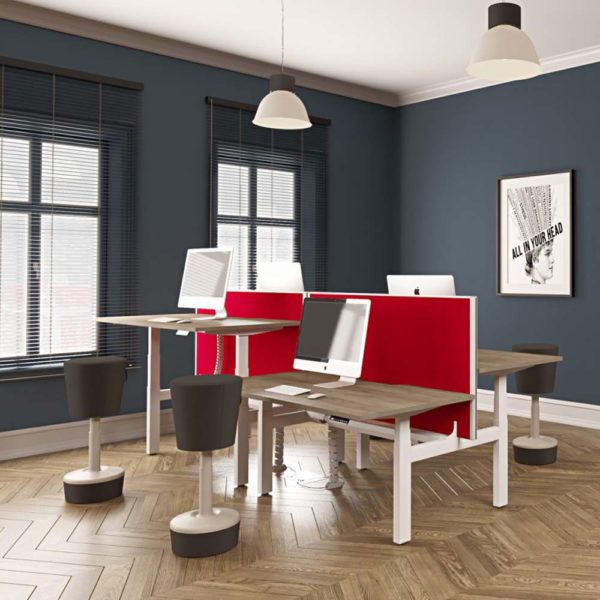The Evolution of Office Desks
 A huge portion of us use them on a day-to-day basis, but how much do we know about the origin of office desks? We decided to give you a brief history of them, from their conception, to what we see on today's marketplace.
A huge portion of us use them on a day-to-day basis, but how much do we know about the origin of office desks? We decided to give you a brief history of them, from their conception, to what we see on today's marketplace.
17th & 18th Century: The Birth of Office Desks
The first known illustrations of a desk-type structure, seemingly designed to read and write on, originated from medieval times. These were largely crude designs, but as human beings evolved, so did our woodworking and desk-making skills. The Renaissance saw a slimmer, more detailed, and more refined desk style being innovated. After that, in the 17th and 18th centuries, the basic office desk forms we recognise today were developed.
19th Century: Mass Production
The next big evolutionary step for office desk design came in the nineteenth century, thanks to the industrial revolution. Steam-driven machinery allowed for the mass production of desks, and an increase in the number of office workers meant the need for more desks. This machinery also made it possible to produce cheaper wood pulp-paper, which is still used in budget and mid-range desk design today. Thus, the standard rectangular wooden office desk was born!
20th & 21st Century: The Modern Office Desk
Since the twentieth century, the biggest innovations have arguably been the Bench Desk style, and the Sit/Stand Desk. The bench desk is ideal for teams of office workers, due to the shared leg system it incorporates within its framework.
The sit/stand desk, also known as the height adjustable, ergonomic, or standing desk, allows you to adjust the height of the desktop. This allows its user to then work while sitting, or standing, making for a more dynamic, healthier, and ergonomic work-space.
Image Credits: Bruno/Germany & DarkWorkX from Pixabay










